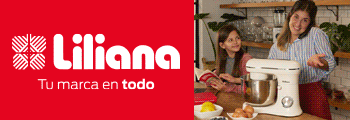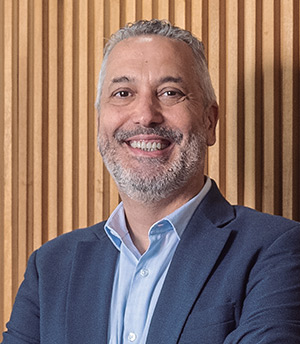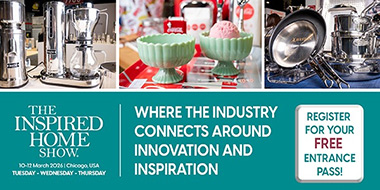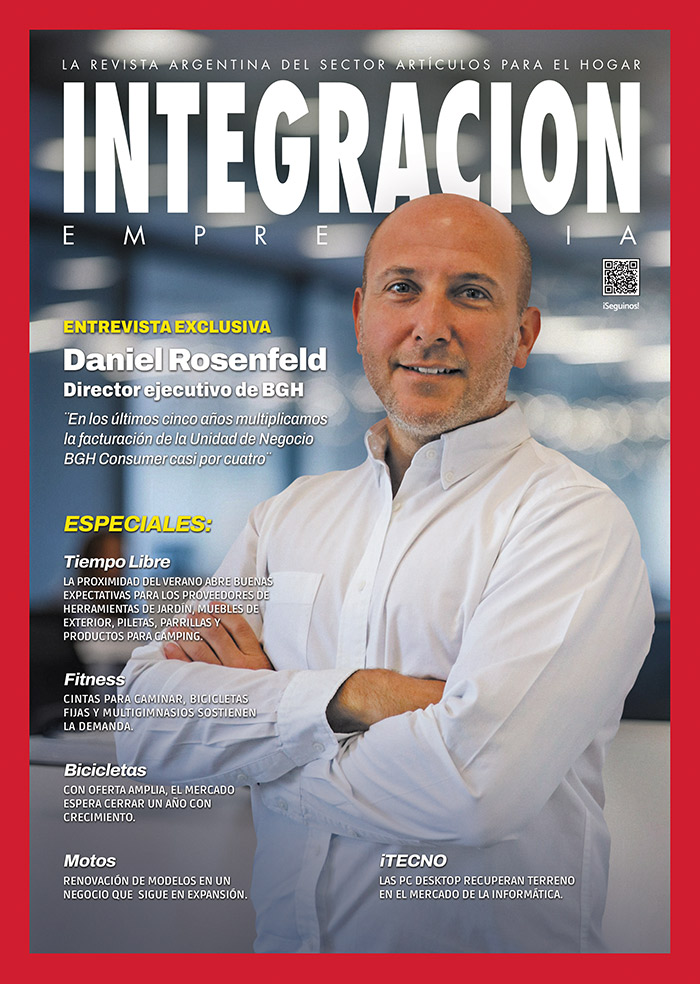Cover note: Interview with Fernando Novoa, General Manager of Electrolux. «The market began to recover. We are optimistic for 2025 »
Por Rodolfo Pollini
With the general manager of Electrolux arGentina we analyze how the market was During 2024, the current profile of the Compañía in the segments where it participates and the expectations for 2025, on which He clearly stated optimistic.
We have to start with 2024, so special, with a first part of a lot of scare for all and the second with some more tranquility. How did you see it?
Indeed, the year started with a strong drop in the level of activity and in general of consumption, and our industry was no stranger to that context. With the passing of the months, the downward inflation, a Controlled exchange rate and the appearance of the fees, back in May, began to reverse that fall. Although we had a first trimester of strong casualty, in the second we also had it but less strong, and what we saw was that with those already more controlled variables the market began to recover, which is optimistic for 2025, in general.
Although the different market segments are not equal, how did you measure the fall in numbers and at what level do you see recovery?
The strong designer in appliances was in the first quarter, around 50%, and if we divided per year in semesters, I would tell you that in the first one the fall was in the order of 36% and in the second, when we compare it with the second half of last year, we already saw a recovery, with a mercaDo growing around 5% or 6%, which for all 2024 would be giving us a total drop of 15% over 2023.
In that scenario, what vision do you have of what companies had to do to make large cost increases with sales prices and profitability compatible?
In Electrolux we work hard on the improvement of our costs. We have local production and we focus a lot on the costs of our supplies for production, the efficiency of our productive processes and models and the logistics and commercial processes and we achieve cost efficiency that will allow us to continue offering our consumers quality products with competitive prices. In this we work hard, because we need, as an industry, to be more efficient.
The year that just began is going to be a lot of competition, both at the level of suppliers and retail. How do you imagine 2025?
In Electrolux, we reaffirm our positioning in the Argentine appliance market through a business model that we call mixed, where we combine local production and global supply. As I said, at the Rosario plant we work to make the production process efficient because we understand that there will be strong competition. Today we have quality products in our plant with competitive prices and this mixed model leads us to also seek global supply, which is strengthening the supply of products for each type of consumer and with a more complete linear for this scenario that comes in Argentina. The service will be key and is one of the differentials we are working on.
Is white line products in the global market that, due to the purchasing power of the population or by consumption and use culture, do not arrive or do not agree to bring the Argentine market?
In general there are niches for everything. It depends a little of the volume, but I would tell you that the products that are marketed are aligned with the way of living of Argentine consumers and with their social dynamics. If we compare, the linear that we see in Argentina is very in line with what you can find in any country in Latin America.
Beyond the products, how do you see us in relation to the other markets in the region?
The region market at some point is a bit heterogeneous. You find countries with more protection, more production or more open. I think we are going to a more open market in which there will be a greater offer of products and brands. That is the scenario we are seeing.
To the extent that the Argentine consumer always wants to have better products. I imagine that this greater variety of supply and technology can also bring modifications to demand behavior.
Absolutely. The incorporation of technology into products is something that is coming and that will modify the map you comment a bit. In this sense I cannot fail to comment that in Electrolux we have products that use artificial intelligence. In dryrops and lavasecarropas we have the autosense function, which measures the temperature and humidity of the clothing to dry it with greater precision and efficiency in terms of energy consumption. We also have this technology applied in ice cream makers, to automatically control the temperature of the different spaces and prolong the life of food in up to 30% more time. This technology will continue to impose over the months.
There is also an advance of inverter technology, more valued now by energy costs. How do you see your penetration?
Having these electricity rates is something that the consumer begins to have in mind. I think the penetration is being progressive and there will be a conversion. It is a gradual change, but the consumer thinks more and more products as their efficiency in energy consumption.
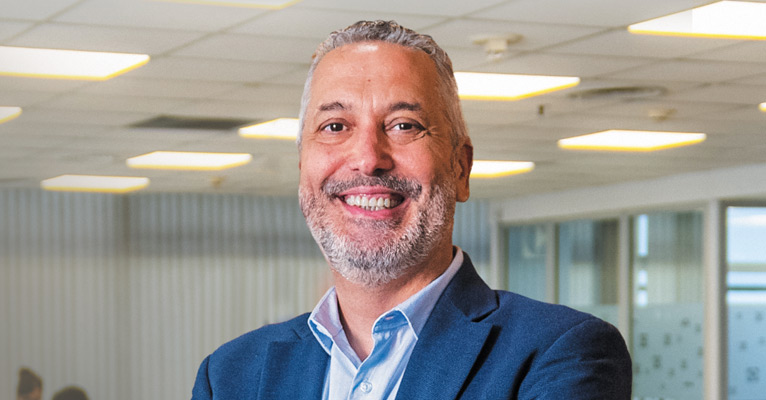
How do you see the participation of the NO Frost category, technology that to the extent that it was being understood by the user, the differential or the barrier was staying in the price?
The historical relationship within refrigeration was 70% cyclic ice creamboards and 30% not Frost, and when you compared with other countries, I would tell you that it was reverse. There was an issue in the price, as you comment, but the difference was shrinking in recent times and I think not Frost will be one of the categories that will gain greater relevance because it will improve its offer And for next year that relationship with cyclic ice creamboards could be in a 60/40.
What market participation do with products, both of glasses and electrolux?
With the two brands we are leaders in refrigeration, especially with a glaf, that we reach a 25% participation and specifically in Frieza we are leaders, with 50% of the market. In laundering with higher load we have a 35% participation and in kitchens, in the Premium segment and with the electrolux brand, we have a participation greater than 50% with the best market cuisine in terms of design and functionality.
What is Freezer's participation within the general cooling category?
He suffered a little, as the category in general suffered, but in the second half of 2024 he developed well.
Let's talk a little about small products, a low Tiket segment but at the same time greater accessibility for consumers.
It is indeed a lower Tiket category, which did not have the fall that the White Line had and was performing better. With electrolux we have a linear of small cooking appliances and household care and we see that it is a category that will have an over supply of products and brands. It is already beginning to happen and we understand that it will be part of the 2025 stage, at least at the beginning. I think there will be a purification. We have interesting releases scheduled for next year.
Can we know more about these launches scheduled for 2025?
I can tell you that we are going to be throwing glasses and electrolux almost every month. What I can anticipate is that functionality, sustainability and design will be present to strengthen the offer that we are going to give to the consumer.
News within the current lines or something different?
In principle, within the lines we are working, but there may also be surprises.
You mentioned sustainability, another element that becomes a factor of competitiveness and differentiation. How do you see business and electrolux in this move that has a lot of weight, especially in the field of production?
Sustainability is already installed and is part of our day to day. For electrolux, sustainability is one of the pillars. The company has goals to become a climate neutral and 100% sustainable company and reach zero emissions both in plants and in our offices. This commitment is part of a global program called Better Living, an initiative that established 100 goals to be held until 2030 with the purpose of creating better living and sustainability conditions throughout the world. Under this program, energy efficiency is worked, the elimination of the use of fossil fuels by renewable energy. An example of renewable energy is the incorporation of solar panels into the plant. Other actions have to do with the recycling of more than 50% of plastic materials and work hard on recycling of more than 96% of waste.
It is a competitive factor not only for the importance that corporate responsibility is charged today to society, but also for costs.
Absolutely. I think sustainability has several edges. Today the demand the world and the companies that have in their DNA to work on sustainability will have a differential. The new generations demand it and already begins to see that sustainability does not necessarily imply a greater cost, in some cases it generates savings and came to stay.
One of the transformations that occurred during the pandemic occurred in the channels, in the expansion, obviously unexpected, of online purchase. How do you see omnichannel not only in itself, as an installed reality, but in the participation of each of the modalities and even the coexistence of the physical store with the online, sometimes the two intervening in the same purchase action?
I think there is a coexistence, this omnichannel is being sought and this will continue to evolve. In the case of Electrolux we market our products through the online store and our retailers, which represent a fundamental link. This model allows us to reach every corner of the country understanding the needs of each of the consumers. Currently the online channel represents 15% of our sale.
Nor is online purchase so universal. If I buy a 70 -inch television I know what I am going to receive, but the consumer needs to open the refrigerator door to see it inside, or the kitchen oven cover. And that does it in the physical store.
The Argentine consumer is very accustomed to touching the product and the physical store, as such, serves as showroom and will continue to exist. The final purchase will be made later in any of the channels, but the physical relationship of the consumer with the product is necessary and in the white line, because they are high Tiket products.
Let's go back to expectations about 2025. Do you think the recovery will be even in all segments or some that saw the demand more postponed can have a greater participation?
I think so. The recovery started in the second half of this year, will continue in 2025 and possibly cooling grow above the white line. We understand this growth because in the first quarter of 2024, which is a high season of cooling, there was a very strong drop.
We had a 2023 in which the channel supplied what there was, what was called a speculative purchase and it was nothing other than putting the weights in currency value through the products. Since last year everything indicates that the merchant buys what he projects to sell, which speaks of a healthier commercial relationship.
Yes, I consider that the commercial relationship has become healthier, since this dynamic allows better planning and prevents overwhelming, benefiting both parties. From our side, we put a great emphasis on being close to our customers, understanding their needs and accompanying them in the projection of their sales. This closeness allows us to build trust relationships and ensure that we work together more efficiently and sustainably over time.
As a closure, and fully in 2025, in general you manifested an optimistic vision
Yes, we are optimistic about what is coming, we are very happy with which both electrolux and glasses offer and will continue to offer the market and the launches we have planned. 2025 is going to be a good year.
Latest news
Outstanding sector


